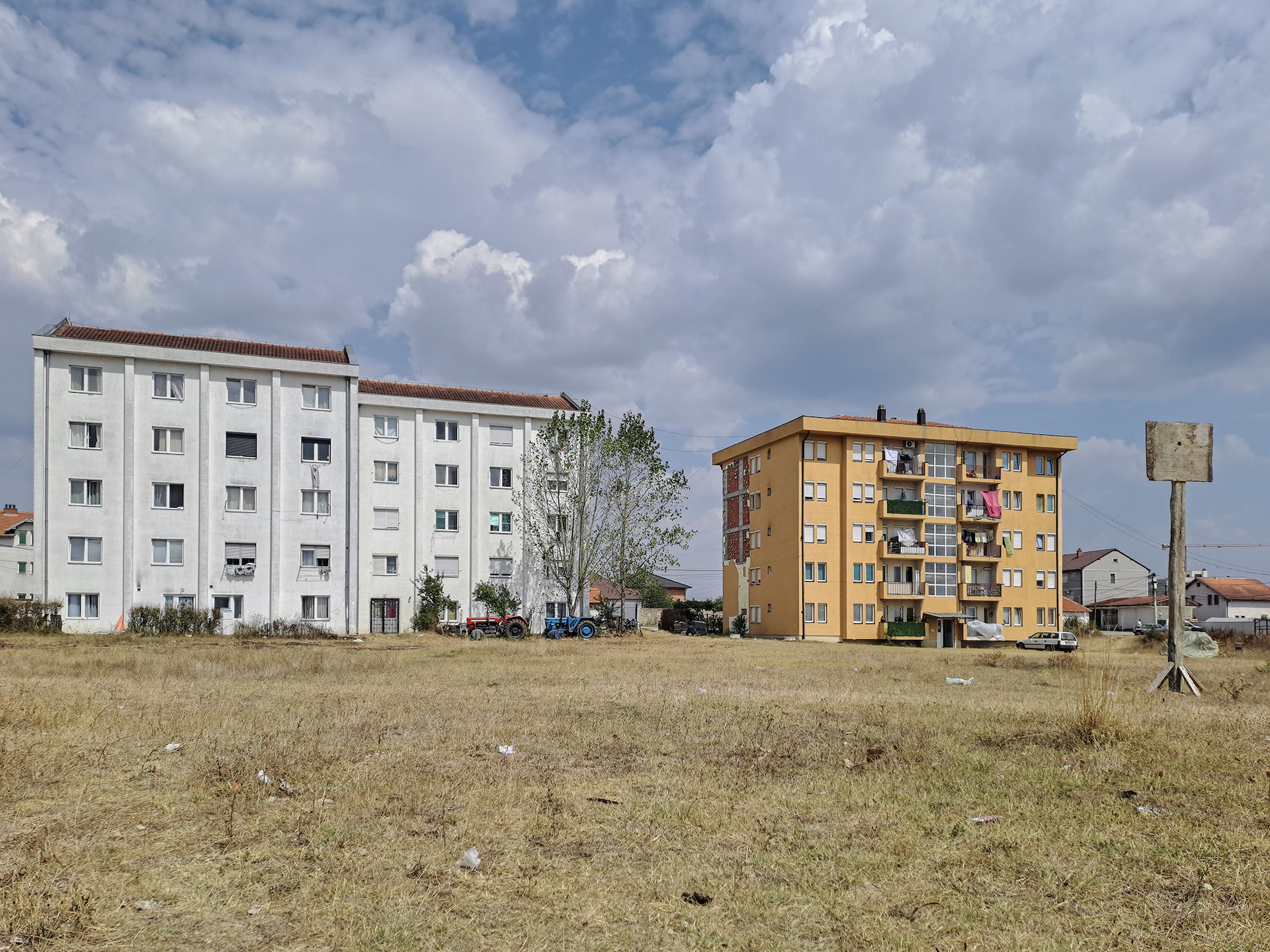
The not-so-affordable housing in the Balkans
In Belgrade, Prishtina, and Tirana, the housing crisis is deepening.
|10.07.2025
|

The Ministry of Space, a Belgrade-based NGO, created an open-source map that collects rental and sale listings in the Belgrade market and compares them to average and median salaries.

In most parts of Belgrade, housing is far from affordable. Photo: WikiCommons.

In recent years, Prishtina has experienced unchecked urban sprawl. Photo: Ferdi Limani / K2.0

Prishtina is undergoing a construction boom, marked by multi-residential buildings often developed without regard for infrastructure capacity or urban planning regulations. Photo: Ferdi Limani / K2.0.
A person earning an average salary in Kosovo would need to work for two full months, without spending anything else, just to afford one square meter of property.

Like Prishtina, Tirana is also undergoing a building boom. Photo: Atdhe Mulla.
“In theory, the only way out of living with my parents is getting married and securing a bank loan,” says Berisha.

Tirana is expanding rapidly, but so is its housing crisis. Photo: Atdhe Mulla.
As in Albania and Serbia, social housing in Kosovo is intended to support economically and socially vulnerable citizens.

In Kosovo, standalone buildings exclusively housing social scheme beneficiaries remain the dominant model. Photo: Fatlum Jashari.
While most European countries are struggling with housing affordability, Austria is often cited as a model for municipal housing policy.
Jovana Matthews
Jovana Matthews is a journalist based in Belgrade, Serbia.
This story was originally written in Albanian.
Want to support our journalism? Join "HIVE" or consider a donation.